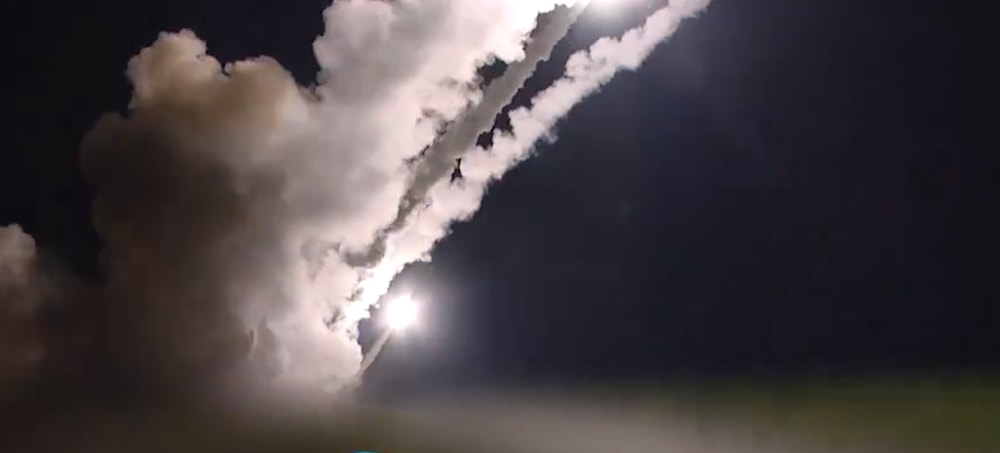Some of the missiles reportedly struck “Israel’s” Nevatim Air Force base, which is one of “Israel’s” largest airports and is the main base for F-35 fighter jets.
-
I didn’t know Iran had those
-
I didn’t think they could be intercepted at all
Iran has ballistic missiles, which are hypersonic in the terminal phase on re entry of the earth’s atmosphere. Most modern day ballistic missiles are hypersonic at this stage anyways, and so any country with ballistic missiles technically has “hypersonics”. However these are not true hypersonic cruise missiles or hypersonic glide vehicles. They cannot turn, generate lift or significantly change course at hypersonic speeds. Iran is still busy developing and testing these weapons, and have publicly unveiled prototypes of them in Fattah 1 and 2. The missiles that defeated Israeli air defences last night were just standard ballistic missiles. Iran’s cruise missiles are also still not hypersonic. Russia is the only country in the world with hypersonic cruise missiles in the Zircon.

This is a helpful graphic to understand the differences between the types of missiles.
Iran’s hypersonic missiles are a big deal.
- Wikipedia: Fattah-1
- Al Jazeera: Iran unveils upgraded hypersonic missile as Khamenei touts Israel ‘failure’
Those were no the weapons used though, the Fattah 1 and 2 haven’t even been properly tested. Israeli air defences failed to intercept normal Iranian ballistic missiles, which have a hypersonic terminal velocity.
imagine failing to knock out ballistics, the easiest missiles to detect and shoot down
Not really with modern weapons, yes their launches are easy to detect on early warning radars, but once ballistic missiles enter the terminal phase they are extremely hard to shoot down, because the warhead is traveling at hypersonic speeds while re entering the atmosphere, and all the booster stages have been jettisoned. Then there’s also the concept of plasma stealth if the warhead is traveling fast enough at these hypersonic speeds. To intercept ballistic missiles reliably you need to shoot them down before that, while they are in space or the upper atmosphere in mid flight with something like an Arrow-2 interceptor missile. Which Israel has managed before when the Houthis tried to bomb the port at Eilat last year. But once the warhead enters the terminal phase, it’s very difficult to intercept. Ballistic missiles are a lot more advanced these days, it’s why Russia has had so much success with the Kinzhals, which are modified ballistic missiles designed to be launched by fighter jets.
People be missing out on news mega missile discourse
-
:inshallah:

airman pack hittin harder than granddad’s belt
Finally some cover on this
Well it seems like the iron dome is useless against a near-peer barrage. I’m not surprised though. I did some research on ballistic missile defense and there’s no practical way to stop them once they reach terminal velocity.
Defense is focused on mid-flight interception when they’re moving relatively slowly and even the US’ latest and greatest system for that is ~56% effective. Im order to bring that up to 97%, you need to fire four interceptors per incoming missile and they cost $75M each. A patriot missile is $4M. The US has, in total, 44 interceptors with half in Alaska and half in California. It’s essentially useless against hypersonic glide vehicles and hypersonic cruise missiles.
You’re not going to have much success using the Patriots against modern ballistic missiles, as Ukraine has found out. And as the Israeli military bases protected by Patriots found out yesterday. It’s interceptor missiles are too slow. You need something like the Arrow intercept system with Arrow 2 and 3 interceptor missiles that travel at Mach 9+ to stand a chance of shooting down ballistic missiles mid flight. Israel has used this system to intercept ballistic missiles launched from Yemen before. But obviously against a combined multi layered attack by Iran the system got overwhelmed.
“Israel” is now the correct way I’ll reference “Isntreal”











